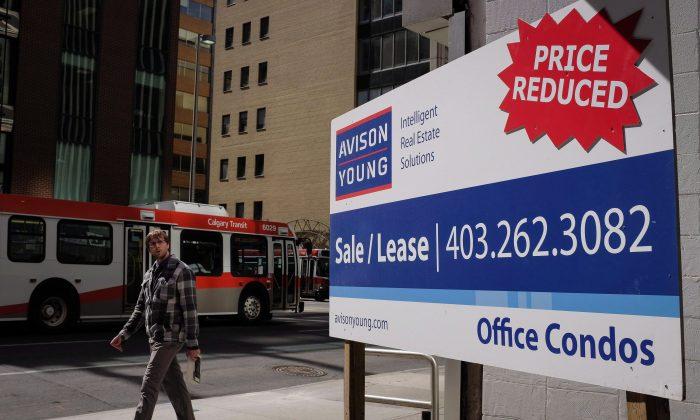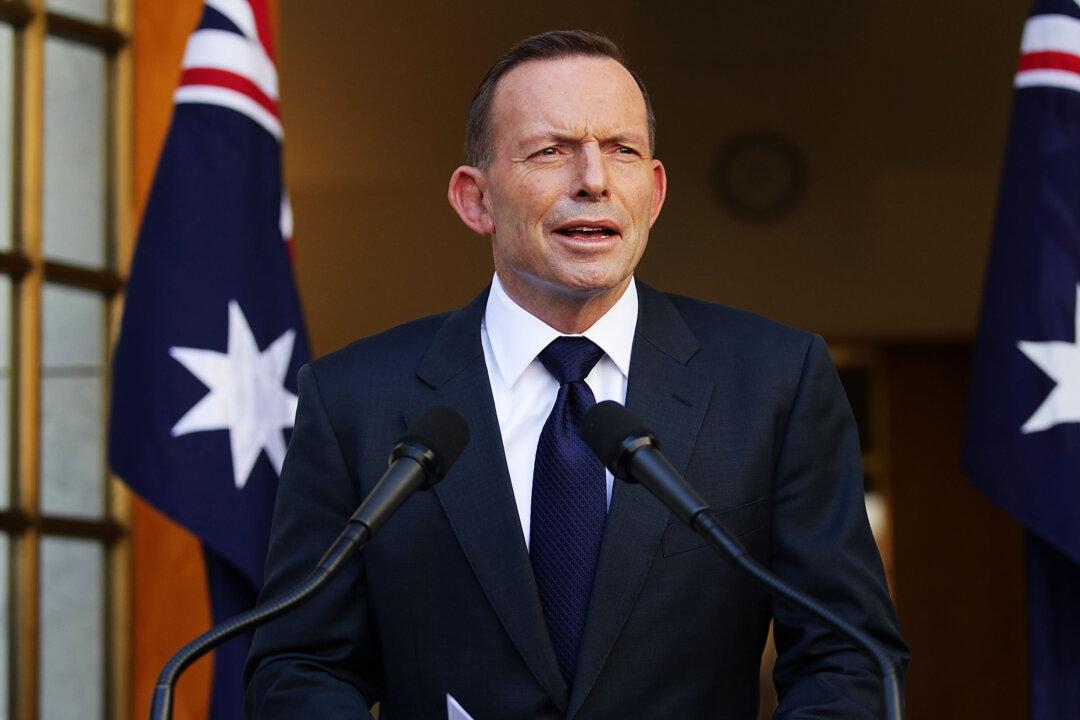As could be expected, the latest labour force figures don’t give a sunny outlook for energy sector-reliant Calgary, which has been hit hard by prolonged low global oil prices.
Statistics Canada puts Calgary’s unemployment rate at 9.5 percent for the month of September, the highest in all major urban centres across the country. Overall, Alberta added 13,000 jobs, but the provincial unemployment rate went up by two tenths of a percent compared to the previous month as more people joined the labour market.
Partly responsible for that, explains Mary Moran, CEO of Calgary Economic Development, is that families with a stay-at-home partner that had the primary income earner laid off are now seeing both partners looking for jobs, thus adding to the labour market.
And it can be expected that the economy will get worse before it gets better, she says.
“There are still some that are thinking it’s still going to come back, and we encourage those people to move on,” says Moran.
This is the new reality for Alberta, where for years the red hot energy-fuelled economy drew workers from all parts of the country and abroad.
Moran’s organization has been launching initiatives to help the struggling workforce with this transition. CED received $3 million in funding from the federal and provincial governments to entice businesses to set up their headquarters in Calgary.
Office vacancy rates in downtown Calgary are at record levels, with projections by the Barclay Street Real Estate showing the vacancy rate could reach above 26 percent by 2018. Moran points out that this is a plus in attracting new businesses to the city.
Another plus is that workers have options to move to the renewables and green energy industry, which is expected to enjoy growth as a result of federal and provincial policies putting a price on carbon emissions.
Is the worst over?
Despite the gloomy outlook for the energy sector, some moderate growth is expected in 2017, leading some to hope that the worst may be over.
A BMO report shows that Alberta’s GDP is expected to shrink by another 2.3 percent by the end of this year after having contracted by 4 percent last year, but will have a moderate rebound in 2017. A TD Economics study also shows growth for the province in 2017 and 2018.
“Reconstruction in Fort McMurray will continue into next year. This, in combination with rising oil production from new oil sands projects set to come online later this year and in 2017, will be key in bringing Alberta’s economy out of recession,” reads the TD report, referring to the wildfires in Fort McMurray that led to evacuations and halted oil production at some refineries.
Todd Hirsch, chief economist with ATB Financial, says stability in oil and gas activity can be expected in 2017, but not a lot of growth. His assessment is that the growth will be mainly from other sectors of Alberta’s economy that continue to do well, such as agriculture, agri-food, forestry, and tourism.
A strong U.S. economy and high interest from Chinese tourists is sending more American and Chinese tourists to the province, and Albertans themselves who are looking to spend less money on holidays are increasingly spending their tourism dollars within the province rather than going outside.
There are also a number of new factors that could influence the economic outlook for the province one way or another, including implementation of a carbon tax and the recent minimum wage hike.
“Some economists will argue that raising the minimum wage will help, because more people will have more money to spend. Others will argue that raising the minimum wage will be detrimental, because it will be additional costs on, especially, small businesses,” says Hirsch.
Edmonton
The situation is a little different in Edmonton, Alberta’s other major city and political capital, where the unemployment rate is lower at 7.7 percent. That can be partly attributed to the fact that Calgary is home to all the headquarters of companies that typically focus on major long-term projects rather than on operations, so when the economy takes a hit, those projects are the first to be cancelled.
Edmonton also enjoys a more diverse economy. “It is the centre of Alberta’s provincial government, and we’ve not really seen any substantial cuts to government programs or government spending at all,” says Hirsch.
So although Edmonton has been hit hard by the recession as well, it hasn’t been as bad as in Calgary.
But while the recession this time around may be even worse than some of the past recessions that affected Calgary, there are more factors that keep people anchored in the city, says Moran.
“We’re just over 100 years old, but there’s a lot more kinds of culture here,” she says. “Part of that is our commitment to things like public art, commitment to public spaces, our commitment to arts and culture, the culinary experience.”
“People are much more attracted to this city than they have been, and it’s mostly because it’s a lot more vibrant than it used to be.”





